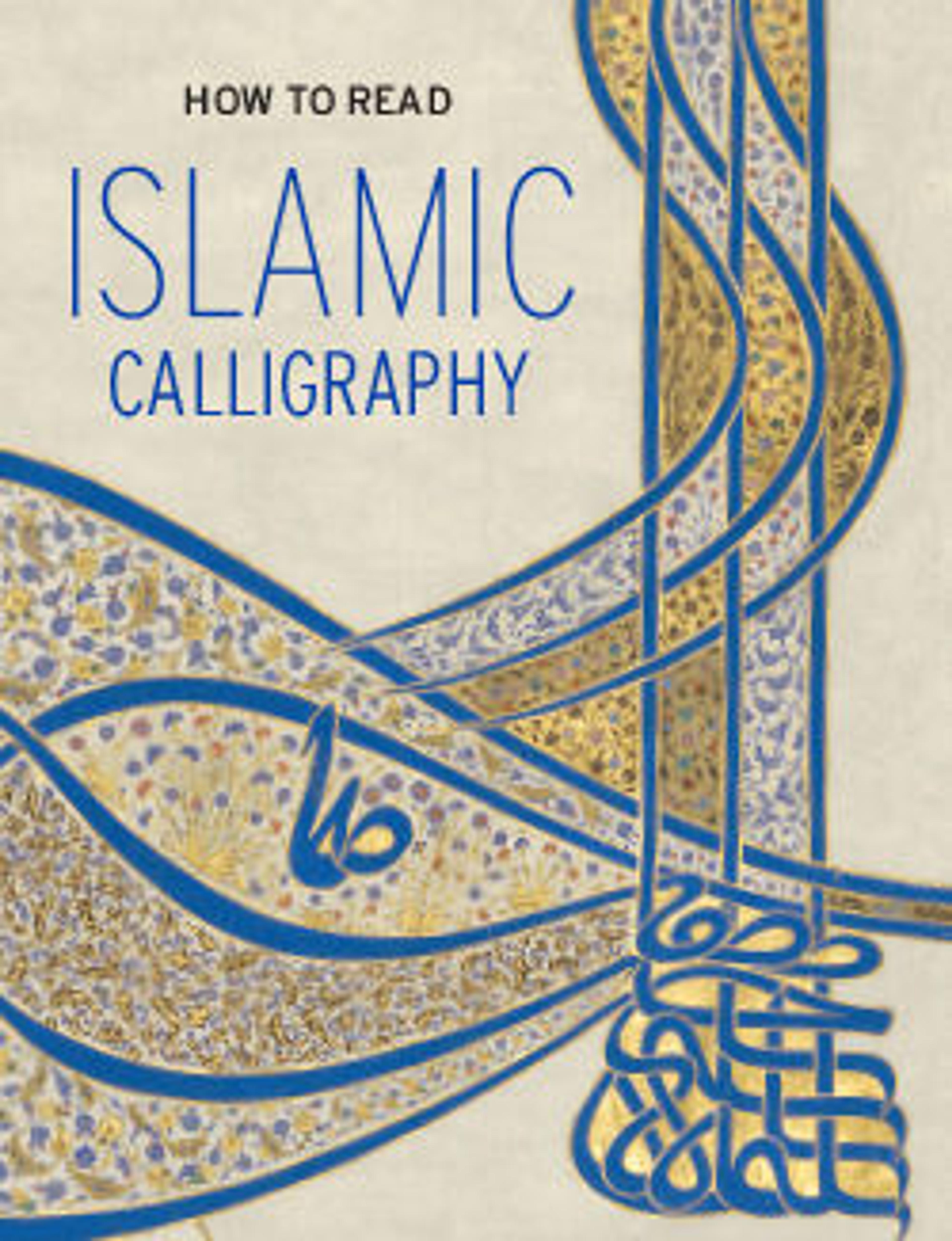Page of Calligraphy
The shikasta or "broken script," developed in the seventeenth century, reached its peak in the eighteenth and nineteenth century. This script had little currency outside the borders of Iran and was created to fill a need for quick and efficient yet beautiful writing that would be used primarily for private correspondence and administrative documents. In shikasta horizontal regularity is not the norm; instead words fluidly rise and fall, emphasizing delicate grace and movement.
Artwork Details
- Title:Page of Calligraphy
- Calligrapher:Abd al-Majid Taleqani (Iranian, Taleqan 1737–71 Isfahan)
- Date:dated 1176 AH/1763 CE
- Geography:Made in Iran
- Medium:Ink, opaque watercolor, and gold on paper
- Dimensions:H. 9 1/2 in. (24.1 cm)
W. 4 1/2 in. (11.4 cm) - Classification:Codices
- Credit Line:Rogers Fund, 1946
- Object Number:46.126.4
- Curatorial Department: Islamic Art
More Artwork
Research Resources
The Met provides unparalleled resources for research and welcomes an international community of students and scholars. The Met's Open Access API is where creators and researchers can connect to the The Met collection. Open Access data and public domain images are available for unrestricted commercial and noncommercial use without permission or fee.
To request images under copyright and other restrictions, please use this Image Request form.
Feedback
We continue to research and examine historical and cultural context for objects in The Met collection. If you have comments or questions about this object record, please contact us using the form below. The Museum looks forward to receiving your comments.
